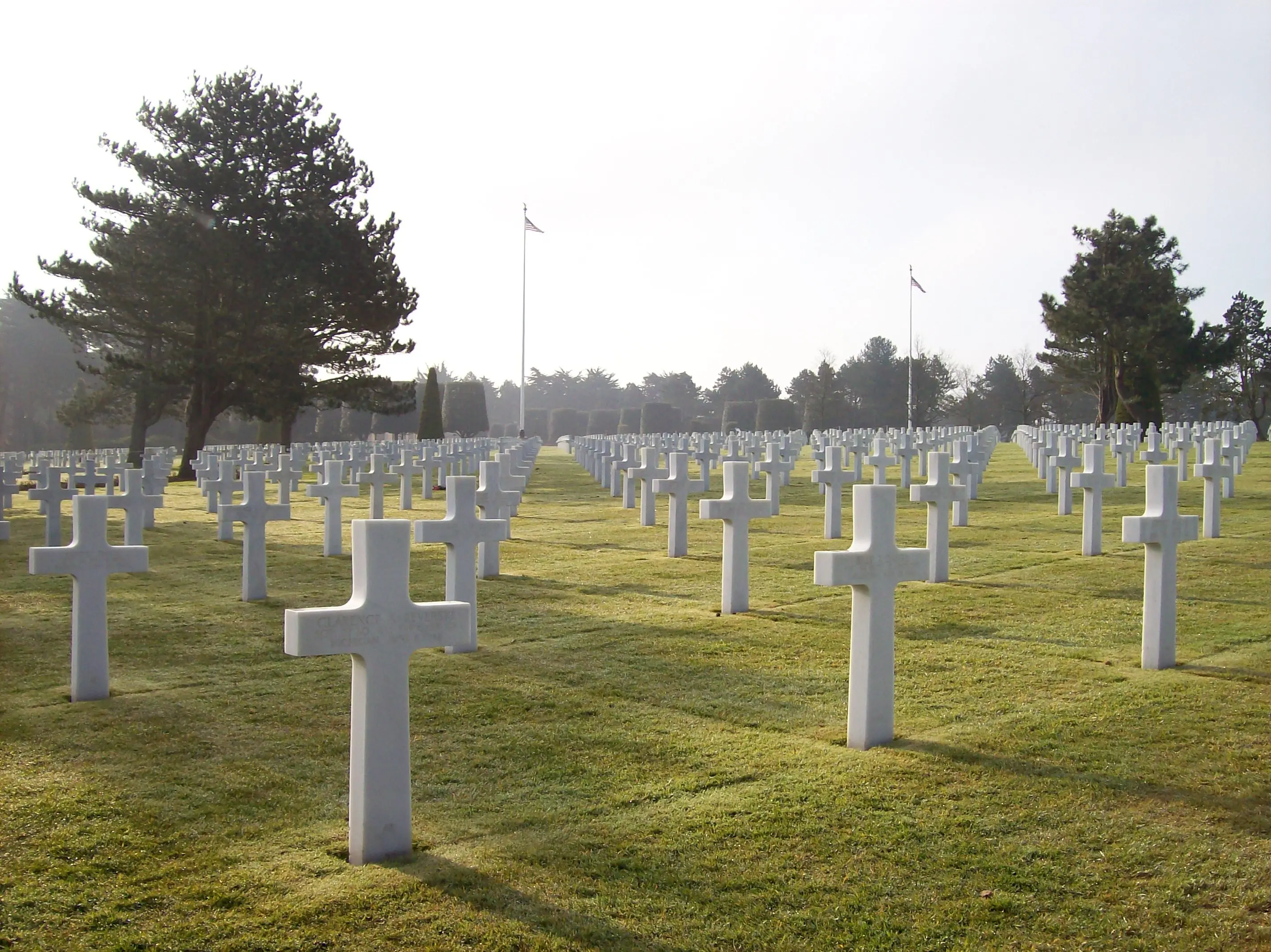Many mixed feelings are felt of anger, anxiety, stress, or even sadness when one dies. People mourning want to feel the presence of the loved one they have lost. To maintain this contact and deal with the mixed emotions, people memorialize their loved ones. Memorialization involves the gathering of people in one place to memorialize the deceased. By memorializing, people get to preserve memories of the deceased and celebrate the dead’s life.
When a deceased is laid to rest, people use eulogies to express their feelings. Eulogies contain feelings, experiences, and thoughts one has for the deceased (Beth, 2014). Eulogies differ and contain details such as birth, achievements, family, and the time of demise. When writing a eulogy, one should choose words carefully not to bring too many emotions (Kalinowska,2012). Eulogies are also a form of celebrating and acknowledging the participation and achievements of the deceased. After burying a dead one, people may plan to memorialize the deceased. There are requirements for memorializing a deceased. Social distancing is a key requirement when preparing a memorial service as it helps curb the spread of COVID 19. The service should also ensure there is no or minimal physical contact while carrying out the service, and everyone should have a mask. According to Kalinowska (2012), hygiene should also be key by ensuring all points have handwashing gel and water. Sanitization of surfaces that the attendants frequently touch should be done now and then using disinfectants. The family memorializing should not offer food and beverages to persons present in the memorial. The service should also have only immediate family and few friends to adhere to the COVID 19 rules. However, it is not a must to have a permit to carry out a memorial service since it only involves a few activities, and the body of the deceased is not present in this case. Memorial services and brief and precise and help console the deceased’s family that all is well and their loved one is resting in peace.
The first memorializing strategy found in Obama’s speech was to use two nesses. Obama presents a speech used in meditating on Dubois’ theory concerning the dual experiences of race found in America. When Barack makes his speech, Dubois has no mention, but all the worlds and textures convey the same meaning. For example, Barack says, “ I am the son of a black man from Kenya and a white woman from Kansas.” (“Why it worked,” 2017). Using statement, Barack Obama can create stress but also offers a source of balance. Using his speech, Obama brings himself out as the connector of all races, one who will unite America. According to “Why it worked” (2017), Obama also says “black and brown,” “political correctness or reverse racism” and he also says “your dreams do not have to come at the expense of my dreams.” All his statements connect the happenings leading to the memorializing ceremony with his ability to bring people together and do away with racism. Obama uses this strategy to reassure the ones present that cases of racism under his leadership will reduce. Obama creates the image of him as a mediator and the one who will unite the races of America.
The second strategy found in Obama’s speech is autobiography. Obama’s speech is filled with his autobiography as he is concerned is showing people how to survive through hardships. Obama uses the story of his own life too helps people learn certain morals from him. For example, Obama says in “Why it worked” (2017), “I am married to a black American who carries within her the blood of slave and slave owners — an inheritance we pass on to our two precious daughters. I have brothers, sisters, nieces, nephews, uncles, and cousins, of every race and every hue, scattered across three continents, and for as long as I live, I will never forget that in no other country on Earth is my story even possible.” Amid the fight again racism, Obama uses his life story to memorialize the presence of different races in his family, from uncles, aunties, brothers, and sisters. Through this quote, Obama does not pit blacks and whites against one another, and rather he brings a different perspective when he brings out a black older man that can feel the pain of a white woman. The statement is against racism at all costs, and Obama does this by remembering memories of the past.
Another example is when Obama says, “Anyway, Ashley finishes her story and then goes around the room and asks everyone else why they’re supporting the campaign. They all have different stories and reasons. Many bring up a specific issue. And finally they come to this elderly black man who’s been sitting there quietly the entire time…He simply says to everyone in the room, ‘I am here because of Ashley.” (“Why it worked,” 2017)The statements show the co-dependence of different races and how they can live together peacefully. Obama chose his words carefully as he was running for the presidency, and hence he used an example of him as a character in his narrative on race.
Memorializing helps people remember a deceased and show and offer their respect to the deceased. Similarly, Obama using the strategies of memorialization made events of the past be used to pass a message to the public, and in this case, the issue was race. Obama uses his life as an example of showing the importance of doing away with racism. Through his speech and the different strategies of memorializing he uses, he presents himself as a solution to race.
References
Beth L. Hewett, P. (2014). Good words: Memorializing through a eulogy. WestBow Press.
Kalinowska, M. (2012). Monuments of memory: defensive mechanisms of the collective psyche and their manifestation in the memorialization process. Journal of Analytical Psychology, 57(4), 425-444.
Why it worked: A rhetorical analysis of Obama’s speech on race. (2017, October 20). Poynter. https://www.poynter.org/reporting-editing/2017/why-it-worked-a-rhetorical-analysis-of-obamas-speech-on-race-2/








